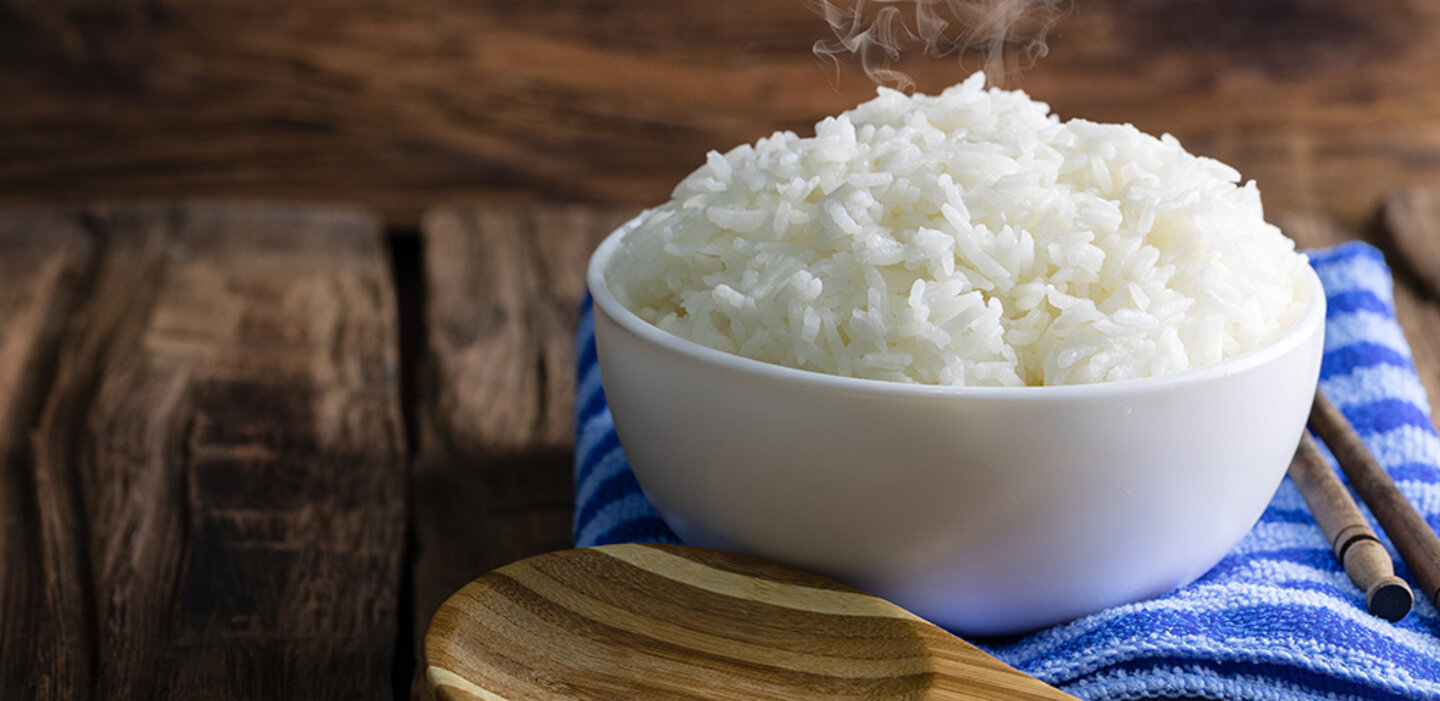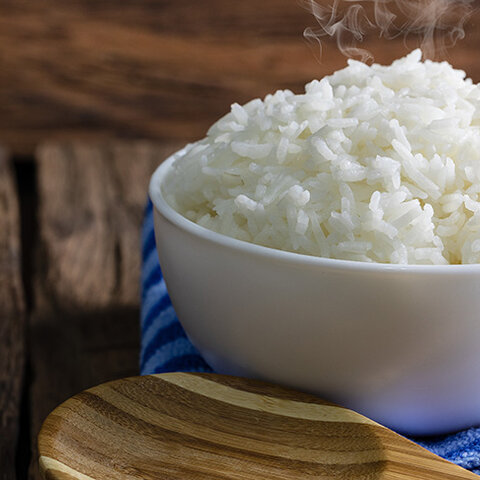
Bacillus cereus is a facultative anaerobic spore forming bacteria. It is widespread in nature and in foods, especially in the spore state.
Sources of the organism:
- Soil
- Unpasteurized milk
- Cereals and starches
- Herbs and spices
Associated foods:
- Cooked vegetables and meat
- Cooked rice and fried rice
- Starchy foods (potato, pasta)
- Food mixtures (soups, casseroles, sauces)
- Puddings
Microorganism Characteristics: Gram positive facultative anaerobic spore forming rod
The Disease: Bacillus cereus can cause two distinct types of illnesses: 1) a diarrheal illness with an incubation time of approximately 10 to 16 hours, and 2) an emetic (vomiting) illness with an incubation time of one to six hours.
Symptoms include:
- Abdominal cramps
Watery diarrhea - Nausea
- Vomiting
Onset time:
- Type 1: 6 -15 hours
- Type 2: .5 - 6 hours
Infective Dose:
- Large numbers (more than 105 CFU/gm) of viable Bacillus cereus cells need to be consumed for symptoms of the illness to develop.
Duration of symptoms:
- Usually 1 day
Control:
- Thoroughly cook ground meat products.
- Cool cooked products to 41°F within 4 hours
- Hold hot foods at or above 135 °F.
Sources:
Bad Bug Book, Foodborne Pathogenic Microorganisms and Natural Toxins. Second Edition., Food and Drug Administration (FDA)
McDowell RH, Sands EM, Friedman H. Bacillus Cereus. [Updated 2023 Jan 23]. In: StatPearls [Internet]. Treasure Island (FL): StatPearls Publishing; 2024 Jan-. Available from: https://www.ncbi.nlm.nih.gov/books/NBK459121
This article has been peer-reviewed. It was updated in 2024.
Tags:



